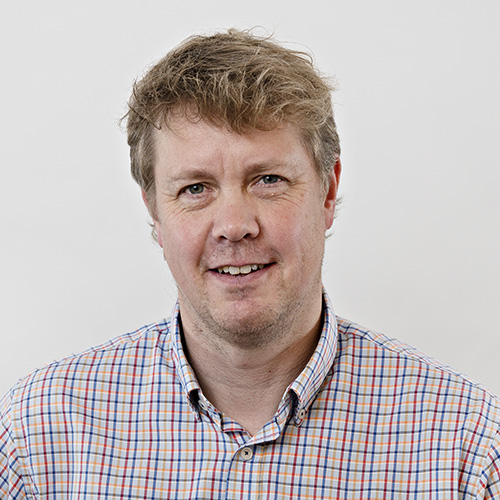We will develop solutions and strategies for successful sensor implementation in the food industry, in the field and onboard fishing boats. The implemented sensors will be used to explore and map quality variations over time.

The research area is led by Nils Kristian Afseth at Nofima and is divided into four work packages.
Partners in this pillar are:
- All food partners,
- NEO,
- Camo,
- Prediktor,
- Marqmetrics,
- Idletechs and
- NMBU.
Work Package 1: Industrial sensor implementation
The aim of this work package is to develop and validate strategies for robust and efficient sensor implementation.
We will:
- Develop robust installations of sensor solutions in field and food industry environments.
- Develop and test methods for representative spectroscopic sampling.
- Map and quantify the performance of sensor solutions
Work Package 2: Robust calibration
In this work package we will develop tools for robust calibration of real-time industrial sensor systems.
We will do this by:
- Explore and further develop mathematical pre-processing techniques for spectroscopic signals
- Investigate strategies to develop and maintain calibrations
- Develop novel methods for pre-processing and feature extraction from hyperspectral images.
Work Package 3: Sensor fusion
We will develop novel combinations of sensors to provide more comprehensive and precise food quality information.
This will be done by:
- Developing approaches where two or more sensors are used to get more precise and robust estimates of key quality attributes
- Developing approaches where two or more sensors are used to estimate a range of different quality parameters in one food type.
Work Package 4: Process exploration
The aim here is to implemented sensors to explore and map variation in food processes over time.
We will:
- Explore and map quality variations along processes and over time with in-line sensors, evaluating the potential for process improvements, real-time process control and product differentiation
- “What-more-analysis” – exploring possible additional information that can be extracted from the measurements.
Contact person
Nils Kristian Afseth
Senior Scientist

